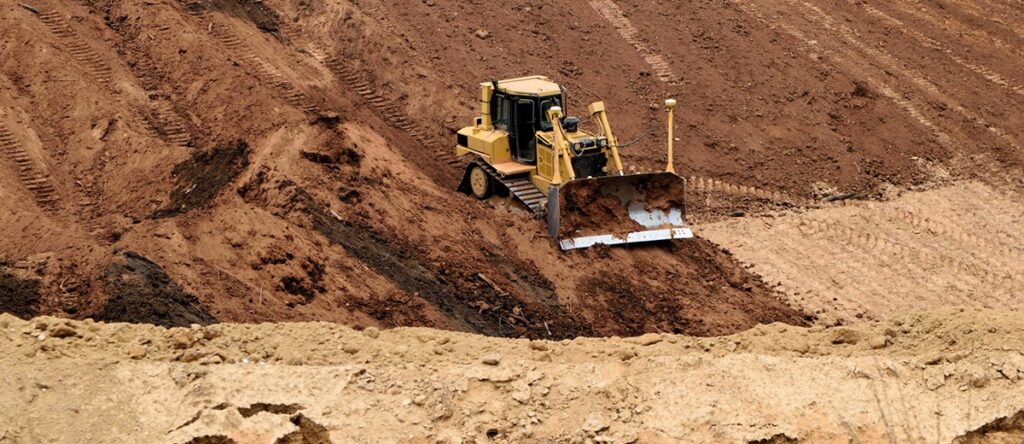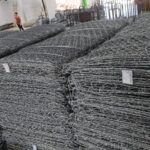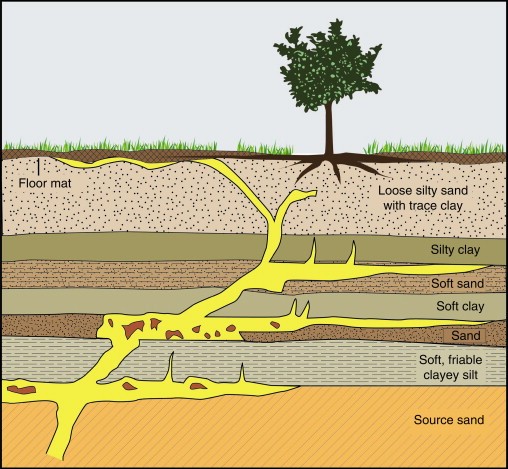 A major source of damage during the past earthquakes have been #Soilliquefaction and associated ground failures. The risk of liquefaction and associated ground deformation can be reduced by various #groundimprovement methods including the #gabion #retainingwall technique.
A major source of damage during the past earthquakes have been #Soilliquefaction and associated ground failures. The risk of liquefaction and associated ground deformation can be reduced by various #groundimprovement methods including the #gabion #retainingwall technique.
Everything we construct in our built #environment lies in or on the #ground, with very few exceptions. As a consequence, the #earthmaterials involved must be evaluated to ensure that #engineeringproperties will adequately provide for acceptable performance of a project. There are many different properties that must be assessed based on the requirements of the project, and these will vary greatly depending on the overall (and underlying) objectives.
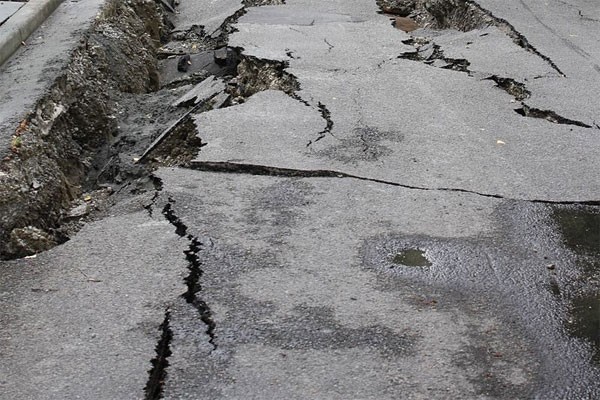
One must be careful not to overlook other components that may affect lives and property, including natural and #manmadehazards. These may involve natural, constructed and cut slopes, potential flooding and storm surges, #earthquakes, and so on.
For most #structures, including #buildings, #bridges, #roadways, and engineered earth structures, there are some fundamental “rules” pertaining to the ground that must be followed in order to ensure the “success” of the structure. For example, imposed loads must be supported without ground failure, and within maximum limits of acceptable settlement or deformations.
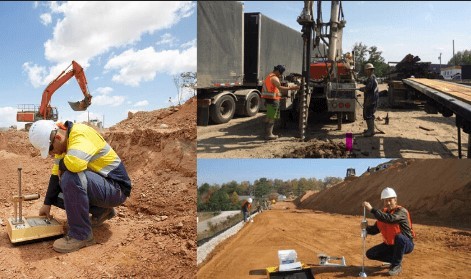
While load applications can be defined with reasonably good accuracy, it is much more difficult to make an accurate evaluation of earth material properties and their response to imposed loadings. Engineers use a number of methods to estimate the response of earth materials to various loading conditions. While performing full-scale load tests at the field site can produce one of the best evaluations, these types of tests are not often performed due to feasibility and cost restraints.
In many cases, the ground conditions and the earth materials are not ideal for proposed or planned development. In these instances, the geotechnical engineer must thoughtfully consider how to address potential problems with plausible solutions. Modification of the earth materials or stabilization of soils can provide a means to achieve the desired goals of assuring adequate engineering properties and/or responses for a variety of applications and conditions. Depending on the initial ground conditions, soil properties, and desired outcomes, the engineer may select from a wide choice of ground improvement and #soilstabilizationtechniques that will help solve challenges of poor site conditions, inadequate soil qualities, mitigation of potential problems, or remedial work.
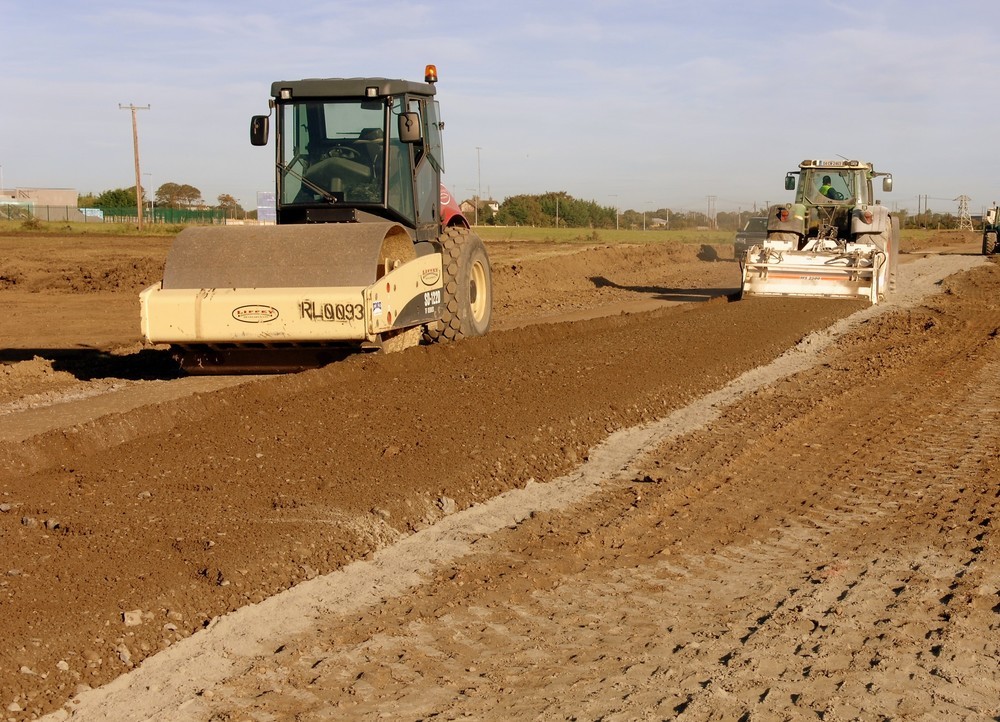
The combination of ground conditions and objectives requires the use of more than one approach or methodology to achieve the desired goals. This may be particularly helpful for large projects where multiple problems exist, where different types of soil strata are encountered, or when surface treatments are needed after a stabilization of deeper materials is completed. For smaller projects, the use of multiple techniques may be cost prohibitive, and a single method, albeit comparatively more expensive in some respect than some others, may be the best solution.
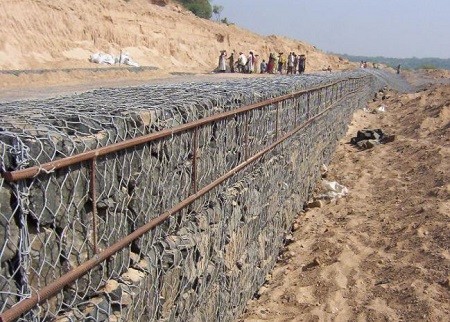
here are multiple GROUND IMPROVEMENT METHOD categories like #Reinforcement, #Hydraulic modification, #Physicochemical modification, #Densification & #Earthwork.
Now, construction and development have reached new levels in size, loads, and complexity. Safety issues and environmental concerns have also played an important role in reshaping values and approaches that may have evolved since earlier references on the subjects of soil and ground improvement were published. The intent of this work is not necessarily to prepare one with all of the tools needed to plan and/or design a ground improvement program, but to provide insight to the general civil engineer, contractor, or construction manager as to what tools are now available and what approaches have been effective in solving a wide range of geotechnical challenges. With this background and knowledge, one can be better prepared to consider options when faced with difficult or less than optimal soil and site conditions.

With continuing advancements in ground modification technology, application ideas, and materials, there will certainly be new #innovations and untested applications to push new limits of our understanding and appreciation for what can be accomplished.
Do let us know your views/opinion on this topic.
**Feel free to suggest if you want us to cover any specific topic from our domain.



